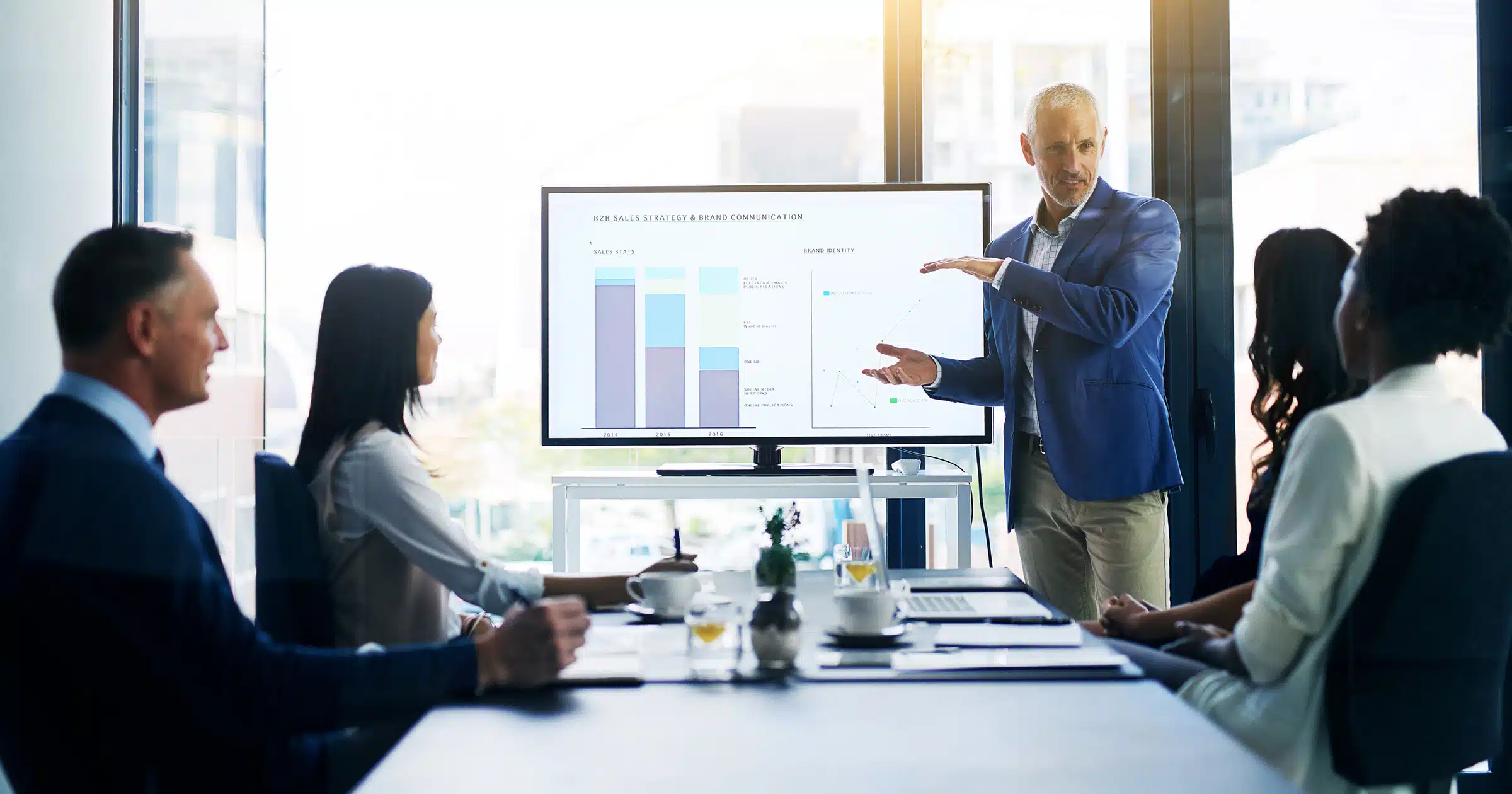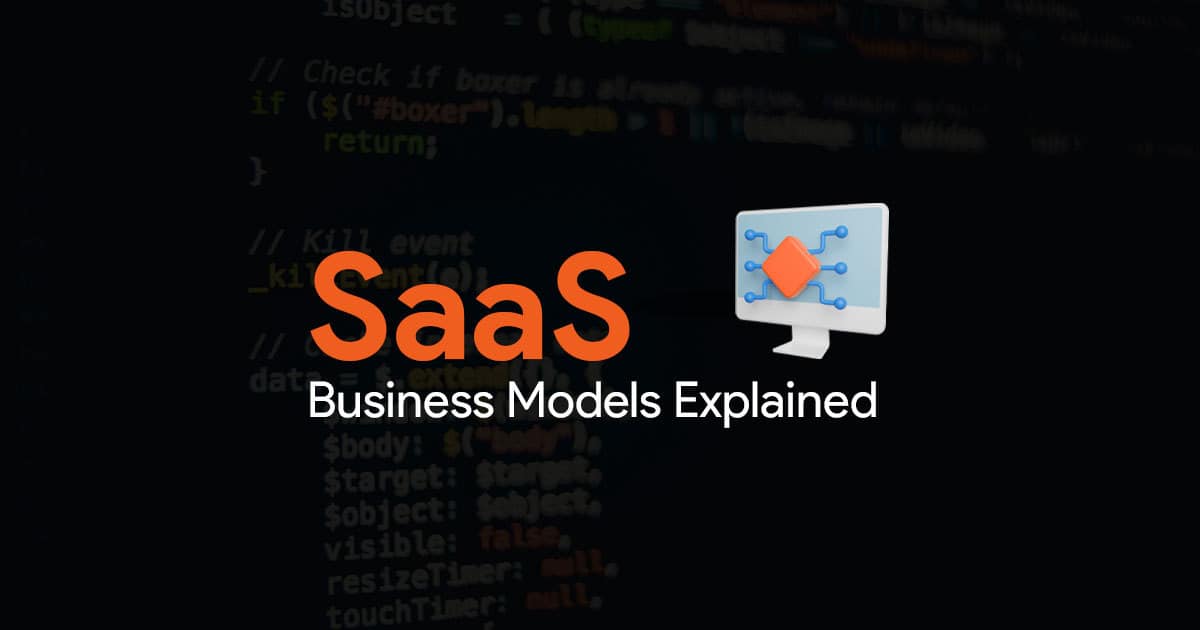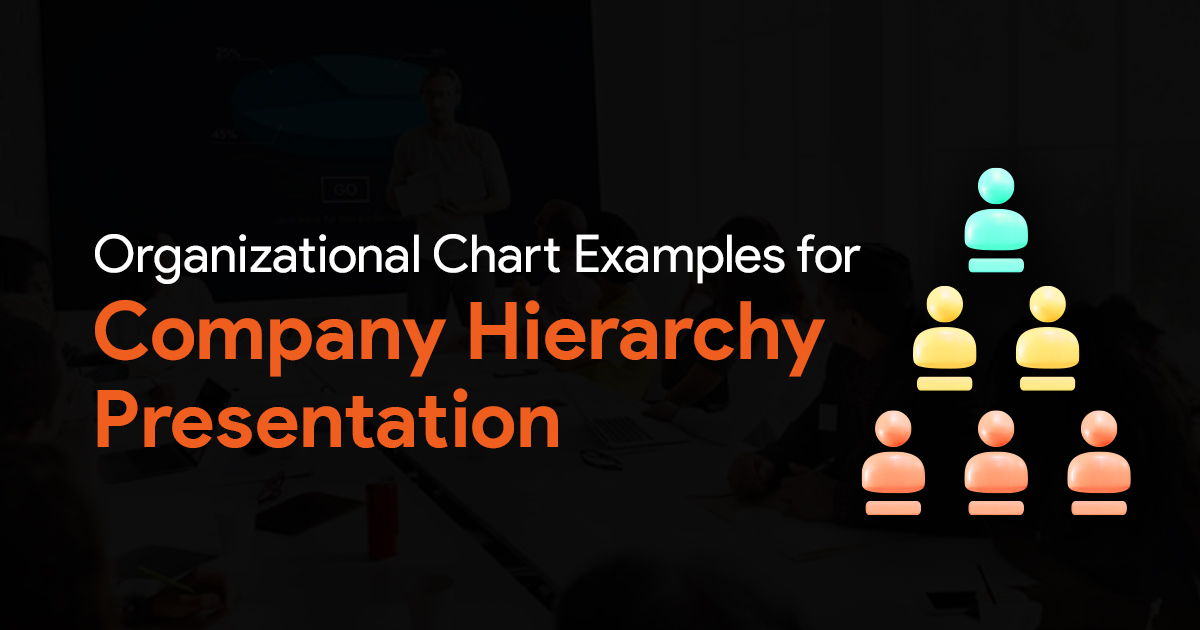- The Challenge of Retaining Presentation Insights
- Designing an Effective Capture Format
- Building and Utilizing a Lessons Database
- Enhancing Presentation Success with Data and Visuals
- Using Interactive Tools for Feedback Capture
- Implementing Your Capture Process: A Practical Roadmap
- Conclusion: Transforming Presentations from Events to Learning Opportunities
Capture What Works From Every Major Presentation (Before Your Team Forgets)

I’ve witnessed it countless times in my career: a team delivers an outstanding presentation that leaves everyone energized and impressed. There’s a brief celebration, and then… nothing. Two weeks later, when preparing for the next big presentation, team members struggle to remember what specifically worked so well. Was it the opening story? The interactive segment? The way data was visualized?
The painful truth is that without a deliberate system to capture presentation insights, your team is essentially starting from scratch each time. This approach not only wastes resources but also prevents the kind of continuous improvement that separates good presentation teams from truly exceptional ones.
In this article, I’ll share a comprehensive framework for capturing, organizing, and leveraging insights from every major presentation your team delivers. By implementing these strategies, you’ll transform each presentation from a standalone event into a valuable learning opportunity that strengthens your team’s capabilities over time.
The Challenge of Retaining Presentation Insights
The human memory is remarkably fallible, especially when it comes to details. According to research, our attention spans are steadily decreasing and expected to reach just 8 seconds by 2025. This decline in attention doesn’t just affect our audiences it impacts our ability to recall and analyze our own performance after the fact.
Even more concerning is how quickly important details fade. Without immediate documentation, crucial insights about what worked (and what didn’t) during a presentation can disappear within days or even hours. The problem is compounded by several factors:
1. Post-presentation euphoria (or relief): The emotional high after a successful presentation or the relief after a challenging one often masks critical details about what specifically contributed to outcomes.
2. Fragmented feedback: Different team members notice different aspects of the presentation experience, but without a structured capture process, these observations remain isolated rather than integrated.
3. Cognitive biases: We naturally remember the beginning and end of experiences more vividly than the middle sections (the serial position effect), potentially missing important learnings from the presentation’s core content.
4. Operational momentum: Teams often immediately pivot to the next deadline or project, deprioritizing reflection on the presentation just completed.
The net result of these challenges is a cycle of “reinventing the wheel” with each new presentation. Teams fail to build on their successes, repeat avoidable mistakes, and miss opportunities to develop institutional knowledge that could dramatically improve future performance.
Designing an Effective Capture Format
The key to breaking this cycle lies in implementing a structured, consistent format for capturing presentation insights while they’re still fresh. Based on my experience working with dozens of presentation teams across various industries, I’ve developed a framework that balances comprehensiveness with practicality.
The Post-Presentation Capture Template
Below is a template you can adapt for your team’s specific needs:
1. Basic Presentation Information
– Presentation title and purpose
– Date, time, and venue/platform
– Audience composition and size
– Presentation team members and roles
– Primary objectives and key messages
2. What Worked Well
– Content elements that resonated (specific slides, stories, examples)
– Design elements that enhanced understanding (visuals, animations, handouts)
– Delivery techniques that engaged the audience (pace, voice modulation, movement)
– Interaction methods that fostered engagement
– Technology applications that improved experience
3. What Didn’t Work
– Content gaps or confusion points
– Design elements that distracted or confused
– Delivery challenges or missteps
– Audience engagement barriers
– Technical issues or limitations
4. Audience Reaction & Feedback
– Verbal feedback received (direct quotes if possible)
– Observed body language and engagement levels
– Questions asked (indicating interest or confusion)
– Post-presentation survey results (if applicable)
– Follow-up comments or correspondence
5. Lessons Learned
– Key insights about this specific audience
– Content refinements for future presentations
– Design principles to apply going forward
– Delivery techniques to develop or emphasize
– Technology tools or features to explore
6. Follow-Up Actions
– Immediate next steps (e.g., sending promised materials)
– Content or design modifications for future use
– Training or development needs identified
– Process improvements for future presentation preparation
– Responsibility assignments and deadlines
When to Capture: The Critical Timing Window
Research on information retention suggests that the optimal time for capturing presentation insights is within the first 24 hours and ideally within the first 2 hours after the presentation concludes. This timing capitalizes on the period when memories are freshest and before they begin to fade or become distorted.
I recommend scheduling a mandatory 30-minute debrief immediately following each major presentation. If this isn’t possible due to travel or scheduling constraints, use a digital tool that allows team members to submit their observations remotely within the 24-hour window.
Who Should Participate in the Capture Process
The most effective capture processes involve input from multiple perspectives:
– Presenters: Those who delivered the content have unique insights about how it felt “in the moment” and what adjustments they made on the fly.
– Support team members: Those who observed from the audience or managed technical elements often notice details the presenters miss.
– Trusted audience members: When appropriate, invite one or two audience members to provide candid feedback about their experience.
– Presentation coach/leader: The team leader should facilitate the discussion, ensuring all voices are heard and insights are captured accurately.
By gathering these diverse perspectives, you’ll develop a more complete understanding of what truly worked and what needs improvement.
Building and Utilizing a Lessons Database
Individual presentation debriefs provide valuable insights, but the real power comes from aggregating these insights over time. Creating a searchable, accessible “lessons database” transforms isolated learnings into institutional knowledge that continuously improves your team’s presentation capabilities.
Setting Up Your Lessons Database
Your lessons database doesn’t need to be complicated, but it should have these key characteristics:
1. Accessibility: All team members should be able to access and search previous presentation insights.
2. Searchability: Information should be categorized and tagged to make specific insights easy to find.
3. Visual organization: Where possible, include visuals, recordings, or slide examples to illustrate key points.
4. Connection to resources: Link insights to templates, examples, or training resources that help implement the lessons.
Practically speaking, this could be as simple as a shared document library with consistent folder structures and naming conventions, or as sophisticated as a dedicated knowledge management platform with tagging and search capabilities.
Categories for Organizing Insights
Consider organizing your lessons database with these primary categories:
– Audience-specific insights: What works for different industries, roles, or organizational levels
– Content strategies: Successful frameworks, story structures, data presentation approaches
– Design principles: Visual hierarchy, slide transitions, color schemes, typography choices
– Delivery techniques: Voice modulation, movement, handling questions, facilitating discussions
– Technical setups: Room arrangements, microphone types, projector settings, virtual platforms
Regular Review and Analysis
The lessons database shouldn’t be a static archive but a living resource that informs ongoing improvement. Schedule quarterly review sessions where your team:
1. Identifies patterns across multiple presentations
2. Highlights recurring challenges that need addressing
3. Recognizes consistently successful approaches to standardize
4. Updates guidance based on emerging trends or technologies
5. Sets development priorities for the coming quarter
According to research on workplace learning, teams that systematically review and apply past lessons show 23% higher performance improvement over time compared to teams that don’t engage in structured reflection (source).
Enhancing Presentation Success with Data and Visuals
Your capture process should pay special attention to how data and visuals performed during the presentation, as these elements significantly impact audience comprehension and engagement.
The Power of Visual Communication
Research confirms what many presenters intuitively understand: visual elements dramatically enhance understanding and retention. According to studies, 100% of visual learners and 78% of verbal learners grasp new information more quickly when visuals are included in presentations (source).
When capturing what worked from presentations, document specifically:
1. Which visuals generated positive audience reactions
2. What type of data visualization led to the most questions or discussions
3. Where simplified visuals outperformed complex ones (or vice versa)
4. How the balance of text and visuals affected audience engagement
Optimizing Slide Design Based on Cognitive Science
Effective presentations typically feature approximately one slide per minute, with each slide conveying a single clear message and key statistic or idea. This approach allows audiences to grasp content in under 3 seconds per slide (the Glance Test™). Presentations that overload slides with text consistently show lower audience retention and engagement (sources: https://pmc.ncbi.nlm.nih.gov/articles/PMC8638955/ and https://www.duarte.com/blog/19-powerful-presentation-stats/).
Your capture process should evaluate:
1. Which slides passed the “3-second comprehension” test
2. Where slides contained too much information and created cognitive overload
3. How the pace of slide transitions affected audience attention
4. Which slides generated the most photographing or note-taking (indicating high value)
Balancing Data with Narrative
A critical element to capture after presentations is how effectively your team balanced factual data with compelling narrative. The most persuasive presentations don’t simply report exhaustive data; they weave that data into meaningful stories that audiences can connect with emotionally (source).
Document specifically:
1. Which stories or examples most effectively illustrated key data points
2. How audience engagement changed during data-heavy versus narrative segments
3. Which data points seemed most memorable based on questions and feedback
4. Where additional narrative context might have enhanced data comprehension
Addressing Presentation Anxiety Through Preparation
Public speaking anxiety affects a remarkable 76% of young professionals, yet this fear is largely learned and can be overcome through rehearsal in 95% of cases (source).
Your capture process should include honest reflection on:
1. How thoroughly team members prepared and practiced
2. Which preparation techniques most effectively reduced anxiety
3. Where additional rehearsal might have improved delivery
4. Specific moments where confidence affected performance (positively or negatively)
By systematically documenting these aspects of presentation performance, your team can develop increasingly sophisticated approaches to visual communication, data presentation, and preparation all grounded in evidence rather than assumption.
Using Interactive Tools for Feedback Capture
Modern presentation environments offer unprecedented opportunities to gather real-time audience feedback that can significantly enrich your post-presentation analysis.
Real-time Polling and Audience Response Systems
Interactive presentation tools with real-time polling and audience feedback capabilities enhance engagement while simultaneously capturing valuable data about audience reactions and comprehension (source).
Consider incorporating:
1. Live polling during presentations to gauge audience agreement, understanding, or preferences
2. Digital Q&A platforms that allow participants to submit and upvote questions
3. Real-time reaction tools that capture emotional responses to different content segments
4. Post-presentation digital surveys delivered immediately while experience is fresh
The data from these tools provides objective metrics to complement subjective team observations during your debrief process.
Capturing and Analyzing Digital Engagement
For virtual or hybrid presentations, digital platforms offer rich analytics that should be incorporated into your capture process:
1. Attention tracking: Many platforms provide data on when participants were actively engaged versus multitasking
2. Chat analysis: Themes and questions from chat provide insight into areas of interest or confusion
3. Participation metrics: Who asked questions, responded to polls, or contributed to discussions
4. Recording review: Recorded sessions allow for detailed analysis of specific segments
Standardizing the Collection Process
To make interactive feedback consistently valuable, develop standard protocols for:
1. Which interactive elements to include in different presentation types
2. How to introduce and frame participation opportunities
3. Who is responsible for monitoring and collecting digital feedback
4. How quickly feedback should be compiled and shared with the team
By systematically incorporating audience interaction data into your capture process, you’ll develop a much more nuanced understanding of what truly engages your specific audiences.
Implementing Your Capture Process: A Practical Roadmap
Knowing what to capture is important, but successfully implementing a sustainable capture process requires thoughtful planning and gradual integration into your team’s workflow.
Step 1: Start Small and Build
Rather than attempting to implement the entire framework at once, begin with a simplified version:
1. Schedule a mandatory 15-minute debrief after your next major presentation
2. Focus initially on just three questions:
– What specifically worked well?
– What specifically could be improved?
– What one thing will we definitely do differently next time?
3. Document responses in a shared location accessible to the team
As this minimal process becomes habitual, gradually expand to include the more comprehensive elements described earlier.
Step 2: Assign Clear Responsibilities
Sustainable capture processes require clear ownership:
1. Debrief facilitator: Responsible for leading the post-presentation discussion and ensuring all voices are heard
2. Documentation lead: Responsible for recording insights during or immediately after the debrief
3. Database manager: Responsible for organizing captured insights into the team’s knowledge repository
4. Implementation champion: Responsible for ensuring lessons are applied to future presentations
These roles can rotate among team members to build widespread capability and prevent the process from becoming dependent on any single person.
Step 3: Create Accountability Mechanisms
To ensure the capture process becomes embedded in your team’s operations:
1. Include debrief participation in team members’ performance expectations
2. Review capture documentation during presentation preparation for new projects
3. Regularly highlight examples where applied lessons led to improved outcomes
4. Celebrate both the insights captured and their successful application
Step 4: Continuously Improve the Capture Process Itself
Apply the same principle of continuous improvement to your capture process:
1. Periodically review whether you’re capturing the most valuable types of insights
2. Adjust the format based on what’s proving most useful to team members
3. Explore new tools or technologies that might enhance the efficiency or effectiveness of capture
4. Gather feedback from team members about the return on investment of time spent on debriefs
Conclusion: Transforming Presentations from Events to Learning Opportunities
Implementing a systematic approach to capturing what works from every presentation represents a fundamental shift in how organizations view presentations themselves. Rather than treating each presentation as an isolated event with a binary outcome (success or failure), this approach transforms presentations into valuable learning opportunities that continuously strengthen your team’s capabilities.
The most successful presentation teams I’ve worked with share a common characteristic: they treat every presentation regardless of its immediate outcome as a data point in their ongoing development. They’re relentlessly curious about what works and why, and they’ve built systems to ensure those insights aren’t lost to fading memories or operational momentum.
By adopting the framework outlined in this article, you’ll:
1. Accelerate your team’s development by building on successes rather than reinventing approaches
2. Reduce presentation anxiety by providing clear guidance based on proven approaches
3. Increase presentation effectiveness through evidence-based refinement of content and delivery
4. Develop a competitive advantage as your presentation capabilities continuously improve while others remain static
The key is to start immediately even with a simplified version of the process rather than waiting for the “perfect” system. Every presentation your team delivers contains valuable insights waiting to be captured. Don’t let another one pass without preserving those lessons for future benefit.
Remember, in today’s information-saturated environment, the ability to consistently deliver compelling, memorable presentations isn’t just nice to have it’s essential for influencing decisions, securing resources, and driving organizational change. By systematically capturing what works from every presentation, you’re not just improving presentations themselves; you’re enhancing your team’s ability to achieve its broader objectives through more effective communication.


